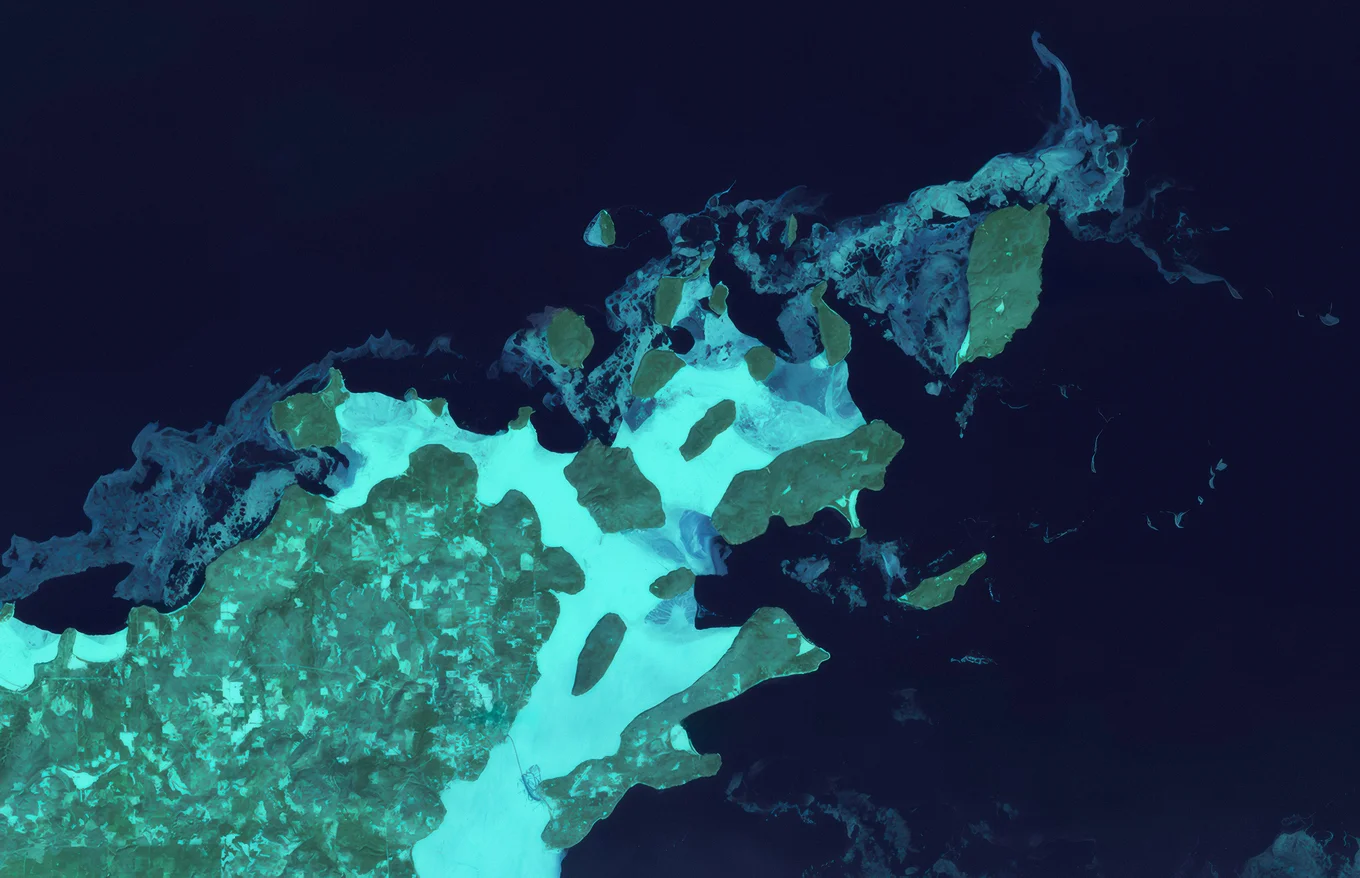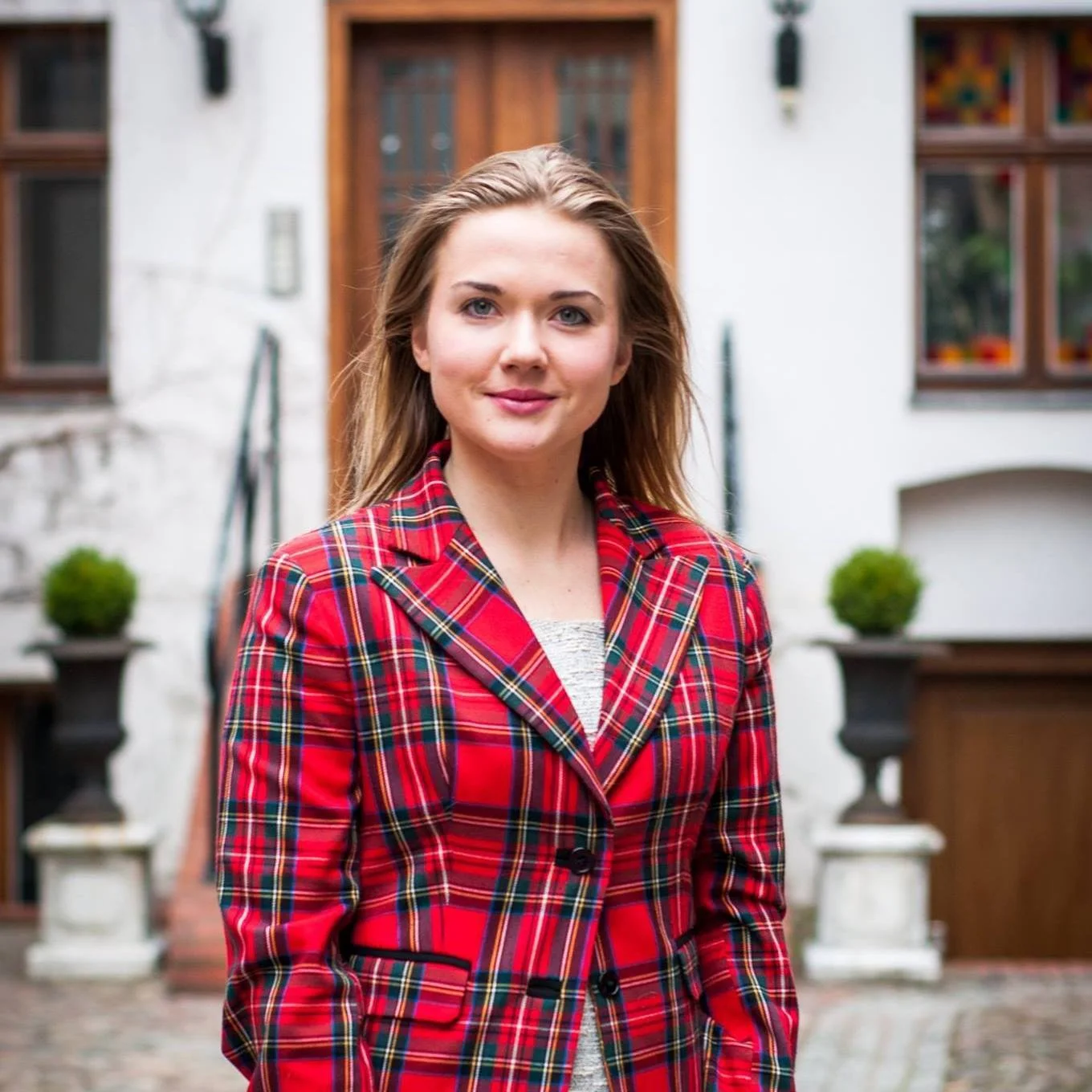
CEOS Project Kick-Off: Using Satellites to Survey the Earth

Communications Officer
Tarides collaborates with several partners to implement new cutting-edge technologies based on our experience with OCaml. One of our special interest areas is the space sector and improving the security and versatility of satellite software. This is the driving force behind the SpaceOS and ORCHIDE projects. With funding from BPIFrance, a French public investment bank striving to detect and foster the innovative projects of the future, we are proud to announce our part in an exciting new venture.
The kick-off of the CEOS (data Center and Edge cOmputing in Space) project was March 24, we're thrilled to be part of it and to be in such good company. CEOS is a collaboration between STEEL Electronique, ELSYS Design, IP-Maker, Thales Alenia Space and Tarides to create a new generation of efficient, multi-purpose satellites. The project's overarching aim is to significantly diversify and expand the onboard capabilities of satellites to survey the environment. Tarides’ role is helping implement an efficient onboard OS and orchestrator that can dynamically deploy multiple earth observation applications on one satellite.
Let's take a closer look at the goals of CEOS and the technology making it all possible!
How is CEOS Addressing Current Limitations?
One of the best ways to support scientists, organisations, and governments in protecting the environment is to provide them with reliable, up-to-date data. A great way to source this data is to use Earth observation satellites, which can take images and make a multitude of measurements from orbit. Using two or more images of the same geographical area makes it possible to compare them and highlight the differences. The potential use cases are vast, including surveying for changes to biodiversity or deforestation and alerting users to anything from wildfires to natural disasters.
Usually, these images would need to be transferred to the ground before they’re processed, which can limit response times and saturate the communication link with mostly useless data (we are only interested in the changes and their nature). Alternatively, trying to process them on board would be a slow process on a normal satellite CPU, but the AI hardware and software upgrades the CEOS project brings to satellites will allow them to detect and analyse changes quickly and alert the relevant authorities or stakeholders. Using on-board machine learning to detect changes has big implications for efficiency and performance. If AI programs run in space, they can process and detect changes quickly enough to send near-instantaneous alerts to recipients on Earth. By enabling fast response times, this approach can save precious time in an emergency (for example, in the case of chemical spills or forest fires) and mitigate the damage. Furthermore, having multiple different applications available on-board (potentially running in parallel) allows satellites to have more diverse missions (for example switching from wildfire detection to detecting fishing abuses when the satellite moves from land to ocean) and avoid idle portions of the orbit.
Another major aspect of the CEOS project is the actual fabrication of the demonstrator board of the satellites, with STEEL responsible for its design and manufacturing. The board will be based on a Xilinx Versal SoC, and feature high-performance NVME storage (with IPs from IP-Maker) to store vast amounts of sensor data quickly and later process it. The satellites will be designed to be usable for multiple missions and have a longer service life, reducing the demand to produce new satellites and put them in orbit.
What Technologies are Being Developed?
Let's take a closer look at the technology we're developing alongside our partners, with the end goal of using AI to detect relevant changes earthside, deploying multiple AIs on one satellite with an FPGA architecture.
Detecting Changes
Using a computer to detect changes is not as straightforward as it may seem to us humans, who, after all, perform this type of calculation on a daily basis without thinking much of it. There are three ways to detect changes in computer programming:
- Binary detection of changes: can only detect whether a change has occurred but not where
- 'From-to' detection: monitors for a single, specified change between a base level and a later state.
- Multi-class changes: several changes can be detected and classified according to their type
These algorithms can process several different types of images, including radar images and optic ones. Furthermore, we can use deep learning to validate the changes detected by the algorithms. For example, they should ensure that they haven't flagged a change in tree cover due to something as simple as a change of angle or a picture taken during a different time of day. By using deep learning, we can make the validation process much more efficient than if we rely on human intervention.
The CEOS demonstrator will embed several change-detection applications designed by ELSYS, the experts on the matter.
The Operating System
The operating system's and orchestrator's designs are also cutting-edge. In collaboration with the partners behind the European project ORCHIDE (in particular Thales Alenia Space), of which Tarides is one, a minimalist OS based on Linux and several lightweight orchestration components will be deployed on all boards. These components will allow the orchestration and execution of applications as isolated and light unikernels, mirroring SpaceOS.
SpaceOS, and in general the ORCHIDE project, takes a modern approach to operating systems by deploying an efficient, specialised, light-weight OS unique to each application. This reduces its dependency on a host architecture, and a simpler, less complex host structure like a hypervisor is enough. It also reduces bloat, with the system only strictly using the necessary resources, improving energy efficiency. Combined with state-of-the-art technologies for storage, orchestration, metrics collection and workflow design, ORCHIDE aims to provide a complete solution to design and embed complex dynamic payloads, such as the ones CEOS will handle, without compromising on efficiency and cybersecurity (thanks to the strong security guarantees of unikernels).
The challenge (and opportunity!) of this project will be to support a range of hardware acceleration devices like FPGAs and GPUs, in an agnostic way (as much as possible), and through the virtualisation barrier that is inherent to unikernels.
What's Next?
This exciting project has only just begun, and a lot of work has yet to be done over the next three years. To stay up-to-date on our progress, keep an eye on our blog and Parsimoni's website, where you can also learn more about SpaceOS.
The end goal is to take a multifaceted approach to helping the climate by giving scientists, organisations, and governments access to powerful tools to help them monitor and safeguard the environment. The implementation also promotes sustainable practices by encouraging the use of a single satellite for longer and for more than one purpose.
Stay in touch with Tarides on Bluesky, Mastodon, Threads, and LinkedIn. We look forward to hearing from you!
Open-Source Development
Tarides champions open-source development. We create and maintain key features of the OCaml language in collaboration with the OCaml community. To learn more about how you can support our open-source work, discover our page on GitHub.
Explore Commercial Opportunities
We are always happy to discuss commercial opportunities around OCaml. We provide core services, including training, tailor-made tools, and secure solutions. Tarides can help your teams realise their vision
Stay Updated on OCaml and MirageOS!
Subscribe to our mailing list to receive the latest news from Tarides.
By signing up, you agree to receive emails from Tarides. You can unsubscribe at any time.
